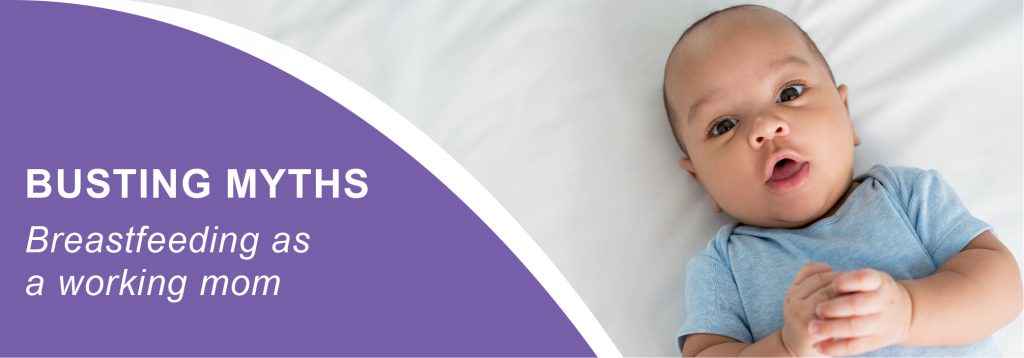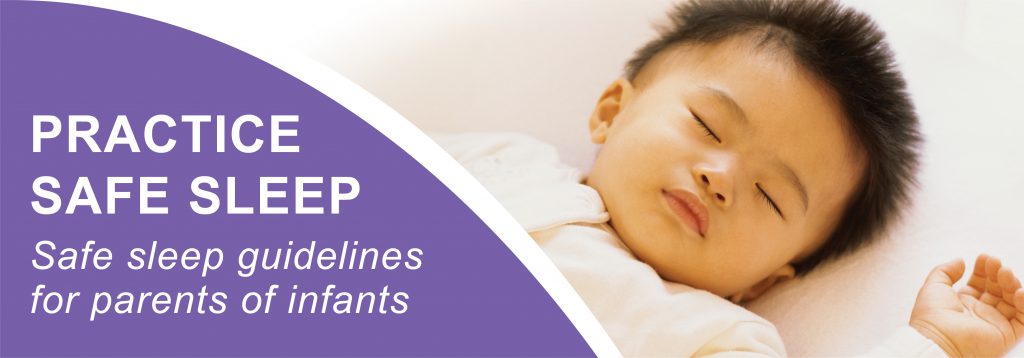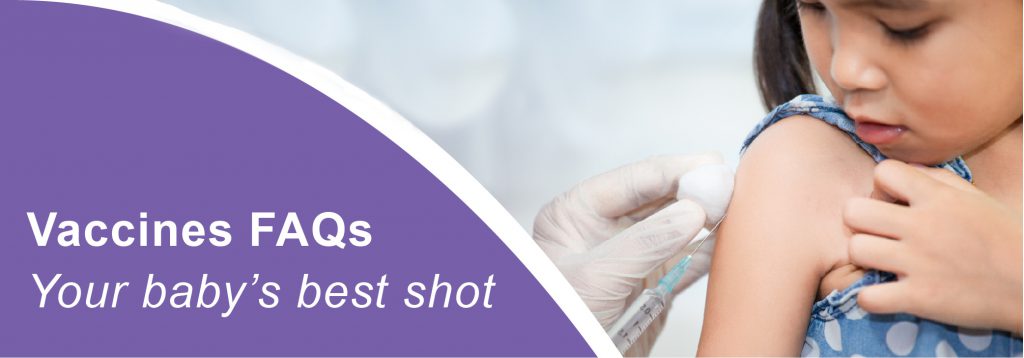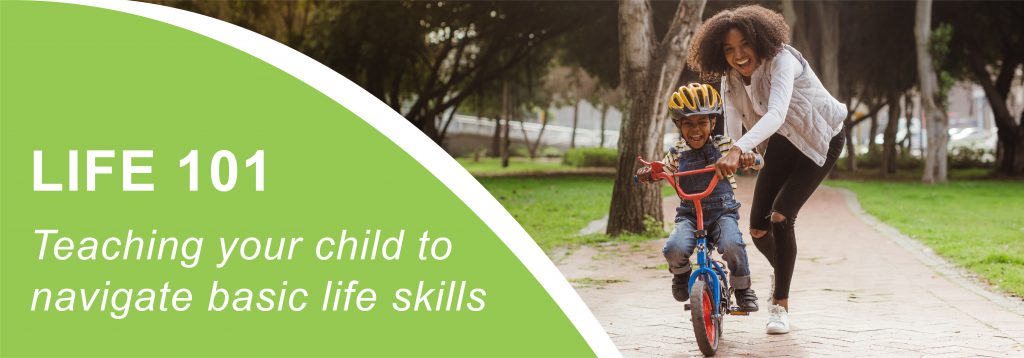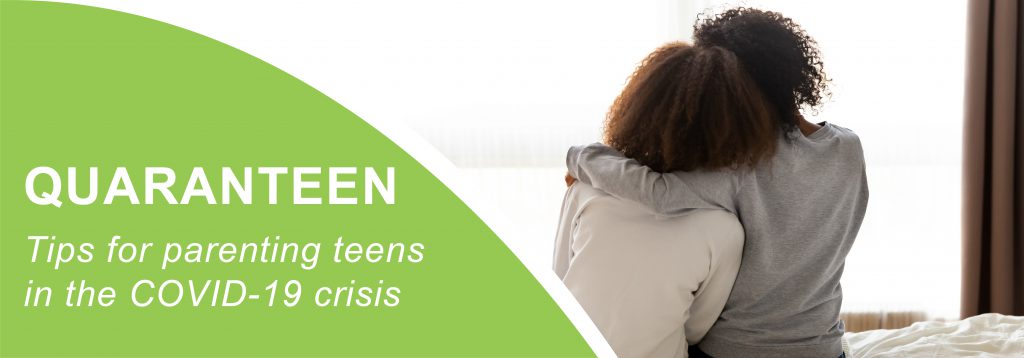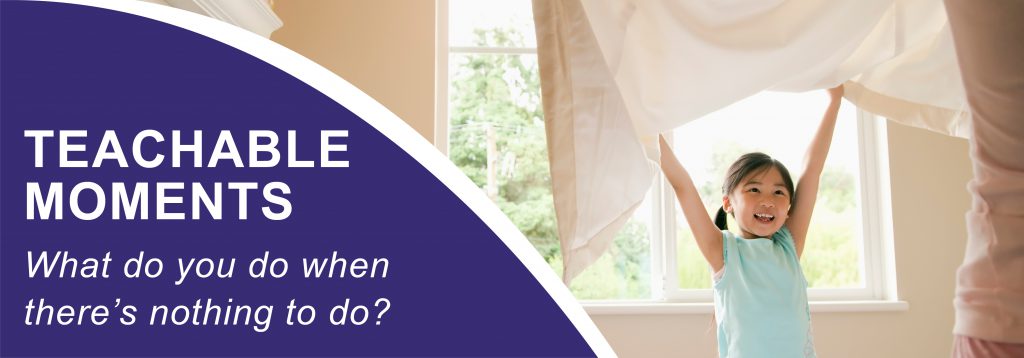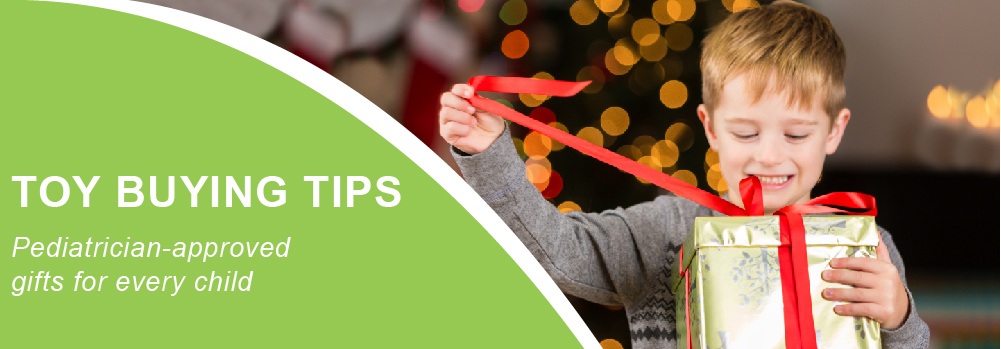COVID-19 means a more frightful Halloween

By Martha Walsh, MD, MHSA, FACOG
Halloween and everything that surrounds it – trick-or-treating, costume parades, bobbing for apples – are fun, but can spread COVID-19 or other seasonal infections, like influenza. While celebrating Halloween this year will look very different from every other year, there are still ways to enjoy all that Halloween has to offer, while protecting yourself and your family from picking up a virus.
Giving Out Candy
- Avoid direct contact with trick-or-treaters
- Give out treats outdoors, if possible
- Set up a station with individually bagged treats for kids to take
- Wash hands or use hand sanitizer before handling treats, and in between trick-or-treaters
- Wear a cloth mask
Trick-or-Treating
- Wear a mask
- Make your cloth mask part of your costume
- A costume mask is not a substitute for a cloth mask
- Do NOT wear a costume mask over a cloth mask. It can make breathing more difficult
- Masks should NOT be worn by children under the age of 2 or anyone who has trouble breathing
- Wash your hands
- Bring hand sanitizer with you and use it after touching objects or other people
- Use hand sanitizer with at least 60% alcohol
- Parents: supervise young children using hand sanitizer
- Wash hands with soap and water for at least 20 seconds when you get home and before you eat any treats
- Stay at least 6 feet away from others who do
not live with you
- Indoors and outdoors, you are more likely to get or spread COVID-19 when you are in close contact with others for a long time
Make sure you are always doing the following. Every. Single. Day.
- Wear a mask
- Stay 6 feet away from anyone that does not live with you – indoors and outdoors
- Wash your hands or use hand sanitizer frequently
If you decide not to take your kids trick or treating this year, here are some ideas how you can enjoy Halloween safely.
- Decorate and carve pumpkins
- Decorate your home for Halloween.
- Carve pumpkins with members of your household or outside with neighbors or friends.
- Walk from house to house, admiring Halloween decorations at a distance.
- Visit an orchard, forest, or corn maze. Attend a scavenger hunt.
- Go on an outdoor Halloween-themed scavenger hunt.
- Visit a pumpkin patch or orchard. Remember to wash your hands or use hand sanitizer frequently, especially after touching frequently touched surfaces, pumpkins, or apples.
- Go to a one-way, walk-through haunted forest or corn maze.
- Other Ideas
- Hide Halloween treats in and around your house. Hold a Halloween treat hunt with household members.
- Hold a socially distanced outdoor costume parade or contest so everyone can show off their costumes.
- Host a socially distanced outdoor Halloween movie night with friends or neighbors or an indoor movie night with your household members.
Flu Before Boo!
Protect yourself and your family during flu season by getting your flu vaccine before Halloween. Scheduling your flu shot is easy! Click below and choose an appointment time that works for you.
Source: Centers for Disease Control

